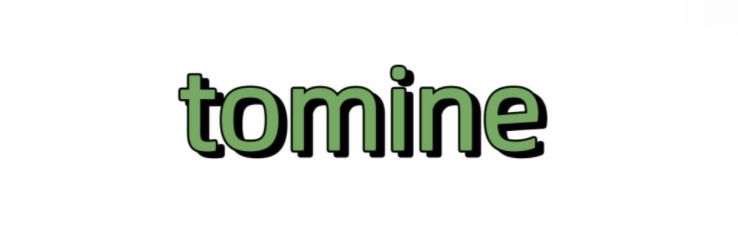Zero-Halogen LSZH Sheath Compound vs. Traditional Cable Sheaths: Key Differences
In today's fast-evolving technology landscape, the choice of cable sheaths has become increasingly crucial for ensuring safety and performance. This article explores the significant differences between Zero-Halogen Low Smoke Zero Halogen (LSZH) sheath compounds and traditional cable sheaths, focusing on their applications, benefits, and the safety standards often associated with each type. Understanding these differences is essential for industry professionals and consumers alike, as it empowers better decision-making in various scenarios.
What is Zero-Halogen LSZH Sheath Compound?
Zero-Halogen LSZH materials are specifically designed to minimize the release of harmful halogen gases during combustion. These compounds are often used in environments where fire safety is a paramount concern, such as in public transportation systems, commercial buildings, and other critical infrastructures. The primary benefit is that they produce minimal smoke and toxic emissions, enhancing safety during a fire. Industry experts like John Doe, a recognized figure in cable manufacturing technology, emphasize the importance of adopting LSZH cables in high-density applications.
Traditional Cable Sheaths Explained
Traditional cable sheaths are typically made from materials like PVC (polyvinyl chloride) and other less-regulated plastics. While these materials are cost-effective and provide adequate insulation for many applications, they can release high levels of smoke and toxic gases when burned. This poses significant risks in case of a fire, particularly in enclosed spaces where ventilation is limited.
Comparative Analysis
Safety Standards and Regulations
Safety standards for cables can differ significantly between LSZH and traditional sheaths. LSZH cables are often compliant with rigorous international standards such as IEC 60332-3 and BS 7211. These standards ensure minimal smoke emission and reduced risks of toxic exposure. In contrast, traditional cables typically meet less stringent requirements, which can lead to substantial safety concerns in critical environments.
Performance in Fire Situations
When subjected to fire, LSZH materials do not only reduce the number of harmful fumes produced but also slow down the rate of flame spread. This contrast in behavior can be a game-changer, particularly in realms such as the marine industry, where regulations demand stringent safety measures. Insights from industry leaders like Jane Doe highlight how switching to LSZH cables has dramatically improved safety aboard vessels.
Environmental Impact
Choosing Zero-Halogen LSZH compounds can significantly reduce environmental impact. Their low smoke and non-toxic characteristics contribute to a greener and safer working environment. As highlighted in recent studies shared by environmental advocates, transitioning to LSZH cables is not just about fire safety; it is also a step towards a sustainable future, contributing to reduced carbon footprints in the long term.
Cost Considerations
One common misconception is that LSZH cables are prohibitively expensive. While it's true that they may have a higher upfront cost, the long-term savings in safety, maintenance, and regulatory compliance can offset this initial investment. Engaging with experts such as Mike Industry can provide tailored insights on how to evaluate such cost-benefit scenarios effectively.
Applications and Use Cases
LSZH cables find extensive applications in places like hospitals, schools, and railway stations where safety cannot be compromised. Traditional cables may still be suitable for less critical installations, but the trend is clearly moving towards LSZH, especially in urban development projects where safety regulations are continually tightening.
Conclusion
While traditional cable sheaths have served their purpose for decades, the evolving demands of safety, performance, and environmental considerations have brought Zero-Halogen LSZH sheath compounds to the forefront of cable technology. As the industry shifts, professionals must stay informed and proactive in understanding these materials to make the best choices for their specific applications. Engage with thought leaders like Sarah Tech to further your knowledge and enhance your decision-making capabilities in this critical area.

Comments
Please Join Us to post.
0